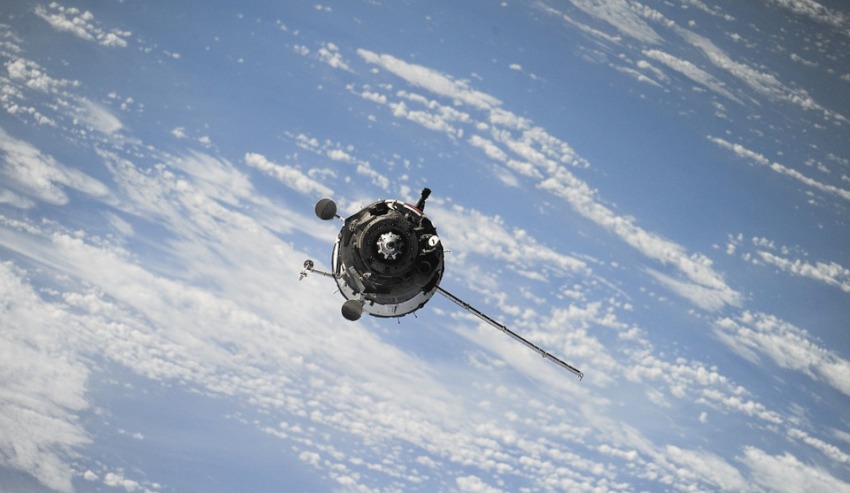
In July, the failure of a Vega rocket and the loss of its Falcon Eye-1 payload for the United Arab Emirates produced the largest ever single insurance claims for US$415 million.
In January, the failure of the Maxar Technologies WorldView-4 imaging satellite led to a claim for US$183 million, which is set to be paid in full.
Dominique Rora, senior space underwriter at AXA XL, told the Euroconsult World Satellite Business Week in Paris that the underlying problem wasn’t the big claims but really declining premiums that produced back-to-back losses for the industry this year and last.
“In recent months, there have been a number of claims and the amount is quite high. It is high but not out of the norm,” Rora said, as reported in spacenews.com.
“What has been of particular importance over the past few years is the decreasing trend in premium.”
The recent big space insurance claims have apparently put an end to declining premiums.
Rora said 2003 insurance rates for the first year of a satellite’s operations exceeded 20 per cent, but last year, similar insurance coverage fell to 5 per cent, driven by increasing capacity in the space insurance market.
“In the first part of 2019, there was a flattening of rates, and since the events of this summer, we have seen an increase. We don’t know yet where the rates will stabilise,” he said.
Some of that uncertainty apparently stems from potential departure of some players.
At the end of July, the world’s second-largest reinsurance company, Swiss Re, announced it had ceased insuring satellites and launches because of bad results and unsustainable premium rates.
Others may follow, Rora told the conference.
“There is a number of insurance players that are reviewing their position or withdrawing from this space insurance market,” he said.
“There is a general market consensus that the premium volume that we’re seeing today is about half of what it should be.”
Total premiums have been running US$450 million a year, compared with US$700 million to US$1 billion earlier in the decade.
Receive the latest developments and updates on Australia’s space industry direct to your inbox. Subscribe today to Space Connect here.











